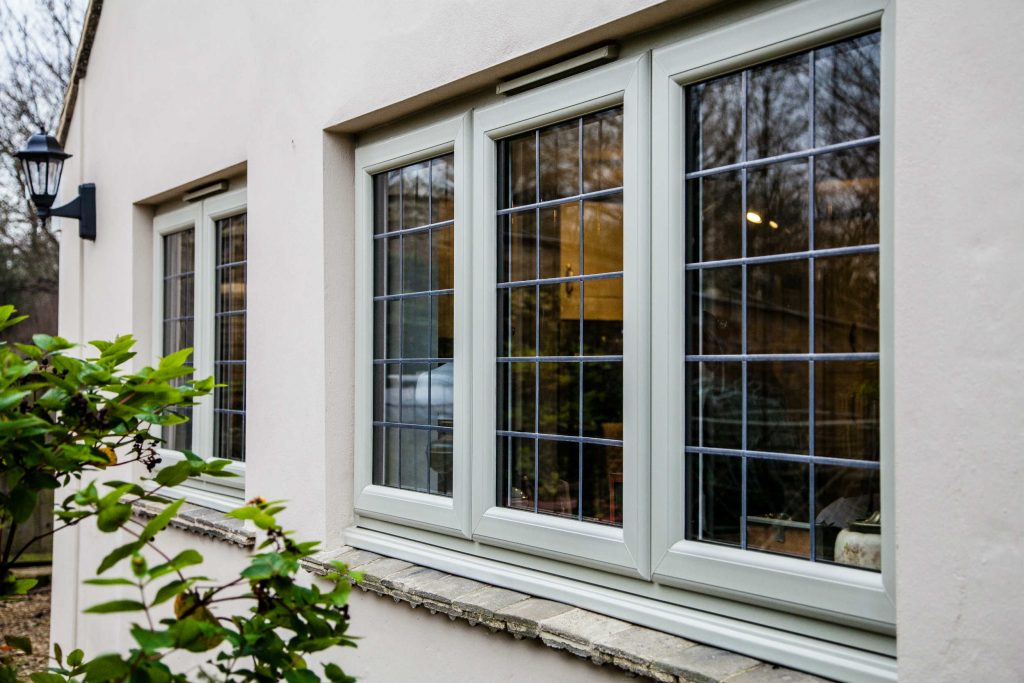All Categories
Featured
Table of Contents
Double Glazing in Cardup Western Australia
Glazing merely suggests the windows in your house, including both openable and set windows, as well as doors with glass and skylights. Glazing actually just means the glass part, but it is typically used to describe all aspects of an assembly consisting of glass, movies, frames and furnishings. Paying attention to all of these elements will assist you to achieve effective passive design.

Energy-efficient glazing makes your house more comfy and significantly reduces your energy expenses. Nevertheless, improper or inadequately created glazing can be a major source of unwanted heat gain in summer and substantial heat loss and condensation in winter. Up to 87% of a home's heating energy can be gained and as much as 40% lost through windows.
Double Glazed Windows In Melbourne in Coolbinia Perth
Glazing is a considerable financial investment in the quality of your house. An initial investment in energy-efficient windows, skylights and doors can greatly lower your yearly heating and cooling costs.

This tool compares window selections to a base level aluminium window with 3mm clear glass. Understanding a few of the key properties of glass will help you to choose the very best glazing for your home. Secret residential or commercial properties of glass Source: Adapted from the Australian Window Association The quantity of light that goes through the glazing is referred to as noticeable light transmittance (VLT) or visible transmittance (VT).
Double Glazing - Albury - Twin Cities Glass in Landsdale WA
This might lead you to turn on lights, which will lead to higher energy expenses. Conduction is how easily a product conducts heat. This is referred to as the U worth. The U worth for windows (revealed as Uw), describes the conduction of the whole window (glass and frame together). The lower the U value, the higher a window's resistance to heat flow and the much better its insulating worth.
For instance, if your home has 70m2 of glazing with aluminium frames and clear glass with a U worth of 6. 2W/m2 C, on a winter's night when it is 15C cooler outside compared with indoors, the heat loss through the windows would be: 6. 2 15 70 = 6510W That is comparable to the overall heat output of a large room gas heater or a 6.
Double Glazed Windows Sydney & Replacement Windows in Currambine Western Australia

If you pick a window with half the U worth (3. 1W/m2 C) (for instance, double glazing with an argon-filled gap and less-conductive frames), you can cut in half the heat loss: 3. 1 15 70 = 3255W The solar heat gain coefficient (SHGC) for windows (revealed as SHGCw) determines how readily heat from direct sunlight flows through a whole window (glass and frame together).
The lower a window's SHGC, the less solar heat it transfers to your house interior. Glazing manufacturers declare an SHGC for each window type and design. The real SHGC for windows is impacted by the angle that solar radiation strikes the glass. This is called the angle of occurrence.
Single, Double Or Secondary Glazing, Which Is The Best ... in Parmelia Western Australia
When the sun is perpendicular (at 90) to the glass, it has an angle of incidence of 0 and the window will experience the optimum possible solar heat gain. The SHGC stated by glazing makers is constantly calculated as having a 0 angle of occurrence. As the angle increases, more solar radiation is shown, and less is transferred.
Table of Contents
Latest Posts
Triple Glazing Vs. Double Glazing: What Are The Differences? in Willetton Western Australia
Help Control Your House Temperature With Double Glazing ... in Martin Western Australia
How To Diagnose And Fix Misted Double Glazing in Hovea Perth
More
Latest Posts
Triple Glazing Vs. Double Glazing: What Are The Differences? in Willetton Western Australia
Help Control Your House Temperature With Double Glazing ... in Martin Western Australia
How To Diagnose And Fix Misted Double Glazing in Hovea Perth